If the heart can be born, it can be rebuilt. Artificial heart can save heart failure and make the heart beat again.
Original editorial department Xiao Wu Chang Xiao Health included in topic # 27 medical frontiers
With the aging of the population, heart failure has become one of the main causes of death.
According to China Cardiovascular Health and Disease Report 2020, the number of patients with cardiovascular diseases in China is about 330 million, including 8.9 million patients with heart failure.
In addition, patients with heart diseases such as coronary heart disease, hypertension, valvular heart disease and cardiomyopathy are also prone to induce heart failure.
In theory, heart transplantation provides a once-and-for-all solution for these heart patients, but in reality, it is even more difficult to wait for the right donor than winning the lottery.
On March 8, 2022, the first heart patient who transplanted a pig heart also died two months after the transplant operation.
Anyone who has seen the movie "Iron Man" knows that Iron Man has a "mechanical heart" that provides him with energy continuously, which may also be another choice for these heart failure patients.

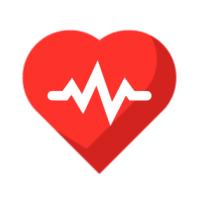
Since the heart can grow,
It will definitely be built.
This sentence comes from kolff, the father of artificial organs, and the artificial hemodialysis device (that is, "artificial kidney") comes from kolff.
The development of artificial heart has experienced three generations.
The first generation in the 1990s was a large-volume pulsating blood flow device, the second generation in the early 21st century was an axial flow device, and the latest third generation was a magnetic suspension device. At present, the third generation artificial heart has been made in China. The pump body has a diameter of 34 mm, a thickness of 26 mm and a weight of 90 g, which is almost the size of an egg. At present, many clinical operations have been completed in China, and the survival rate of one and a half years is 100%.
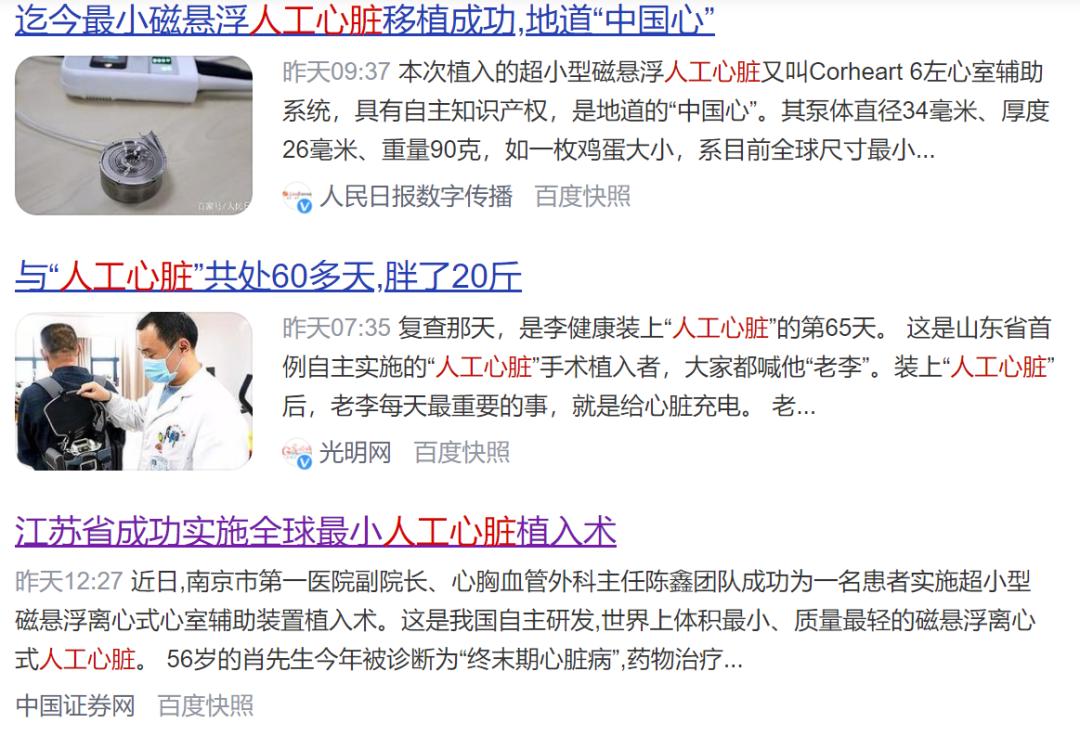
The principle of "artificial heart" is actually not complicated.
After being implanted into the human body, the "artificial heart" is connected in parallel with the heart, with one end connected to the left ventricle of the heart and the other end connected to the human aorta. Blood enters the artificial heart from the left ventricle through the inflow tube, and the artificial heart pushes the blood out and delivers it to the aorta through the outflow tube, thus assisting the blood circulation of patients.
Simply put, "artificial heart" is an artificially made blood pump, which can partially or completely replace the heart to do work and help maintain blood circulation throughout the body.
For a normal person, the heart beats more than 60 times per minute and pumps out 5 liters of blood. Converted to 3600 beats per hour and 86400 beats per day, a total of 7200 liters of blood is pumped. The implanted "artificial heart" can pump 1-10 liters of blood per minute, which helps the human heart function to pump blood.
Domestic "subminiature magnetic suspension centrifugal artificial heart" uses magnetic field to suspend the impeller, thus providing good blood flow performance and partially replacing the patient’s heart function. The magnetic levitation system has high efficiency and low power consumption, and can minimize the damage to blood cells, which not only solves the problem of thrombosis, but also is easier to install in the chest cavity, so that other organs are less affected and the patient’s wearing experience is more comfortable.
Of course, having an "artificial heart" has some limitations. The most important thing is to stay away from the magnetic field, and take the high-speed rail and so on.
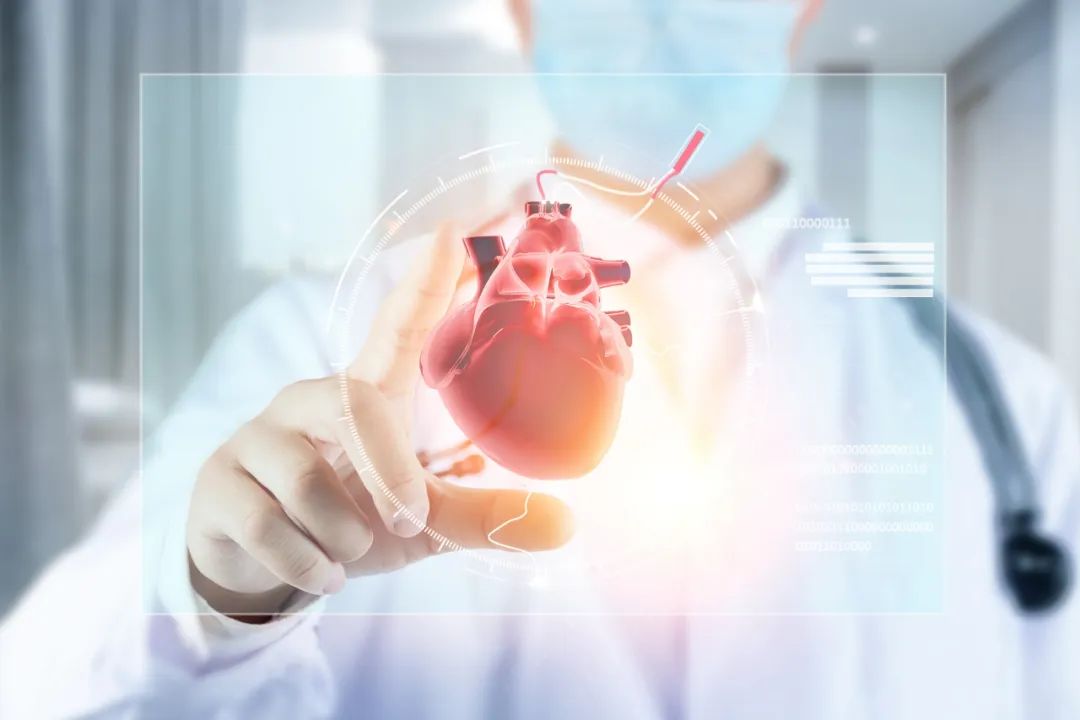
In June 2017, Fuwai Hospital took the lead in implanting the third-generation domestic magnetic levitation artificial heart into patients and achieved success. From the follow-up results of patients with "China Heart" after operation, the quality of life of patients has been comparable to that of patients receiving heart transplantation.
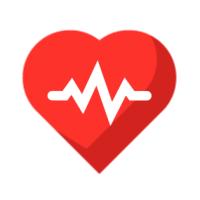
The future of artificial heart
For every family of patients with heart disease, the cost of surgery is a hurdle.
It is reported that each set of artificial hearts in the United States is about 100,000 US dollars (about 700,000 yuan), and the cost of artificial heart surgery in France in 2013 is 140,000 to 180,000 euros (about 1.1-1.4 million yuan). In 2019, the cost of replacing artificial hearts in Japan will be converted into more than 1.6 million yuan. Generally speaking, the international price of a device for artificial heart is 800,000 yuan to 1 million yuan.
In an interview, Li Xinsheng, a patient who received magnetic levitation artificial heart implantation in China, said that he probably paid more than 1 million yuan for the "artificial heart" after one operation, but the subsequent expenses were very small, and the daily use of anticoagulant drugs was more than 2,000 yuan a year.
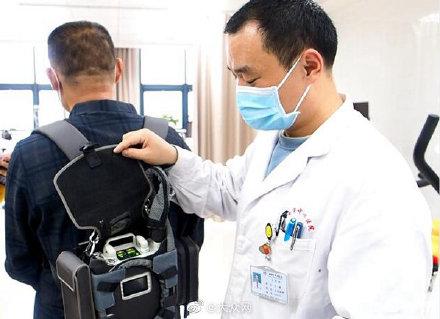
Li Xinsheng carries a battery with him.
At present, it is predicted that there are 13 million patients with heart failure in China, and there are 600,000 patients with severe end-stage heart failure who meet the standard of using artificial heart.
Although the heart is one of the most important organs in the human body, if the artificial heart costs 500 thousand yuan, the cost is still relatively high. At present, there are more than 300 thousand brain pacemakers, which are not affordable for ordinary people.
However, the launch of new medical devices is relatively expensive at first, because it has to cover the heavy research and development costs in the early stage. With the gradual increase of product output and doctors who will operate, the consumption of patients will increase, and the price will gradually decrease. This is an inevitable trend and has a natural development process.
In addition to the price, artificial heart implantation has higher requirements for hospitals and medical teams. In addition to the cooperation of doctors in cardiology, anesthesiology and cardiopulmonary bypass, doctors in cardiology and imaging departments are also needed to objectively evaluate patients, and do a good job in postoperative rehabilitation and long-term follow-up management.
The National Health and Wellness Commission issued the Management Standard of Ventricular Assisted Technology (2021 edition), and the new standard also clearly defined the technical threshold for medical institutions to carry out artificial heart implantation:
For example, medical institutions are required to carry out clinical diagnosis and treatment of cardiovascular surgery for more than 10 years, with no less than 50 beds, and no less than 1,000 cases of cardiopulmonary bypass cardiac surgery are completed every year; Doctors should have more than 10 years of experience in clinical diagnosis and treatment in the field of cardiac and great vessels, and have obtained the qualifications for professional and technical positions above the chief physician for more than 3 years.
At present, artificial hearts are mainly used in three aspects:
First, as a transitional treatment, we will strive for more time for patients to wait for a suitable transplant donor;
The second is to provide short-term replacement support for patients with acute heart failure, which will be removed after cardiac function is restored;
The third is to provide long-term replacement for patients with end-stage heart failure and support patients to carry artificial hearts for long-term survival.
Judging from the above-mentioned scenes that it can be used at present, the artificial heart that appears at present is only a transitional product and a temporary replacement, which is still a long way from the completely artificial mechanical and biocompatible permanent artificial heart.
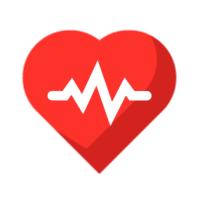
Perhaps one day, scientists can really solve all technical problems, develop a permanent artificial heart without any side effects, and solve the problem of organ shortage. By that time, does it mean that we can achieve immortality or even immortality by relying on the "mechanical heart" of Iron Man?
Original title: "If the heart can be born, it can be rebuilt! Artificial heart saves heart failure and makes the heart beat again.
Read the original text